Space probes are pushing the boundaries of exploration, venturing farther into our solar system and beyond. Equipped with advanced technology, these cutting-edge probes are designed to explore distant planets, moons, and other celestial bodies. Their missions aim to uncover new scientific discoveries, from investigating the possibility of life on other planets to studying the composition of distant worlds. These next-generation space probes are set to unlock the mysteries of the universe like never before.
Contents
James Webb Space Telescope (JWST)
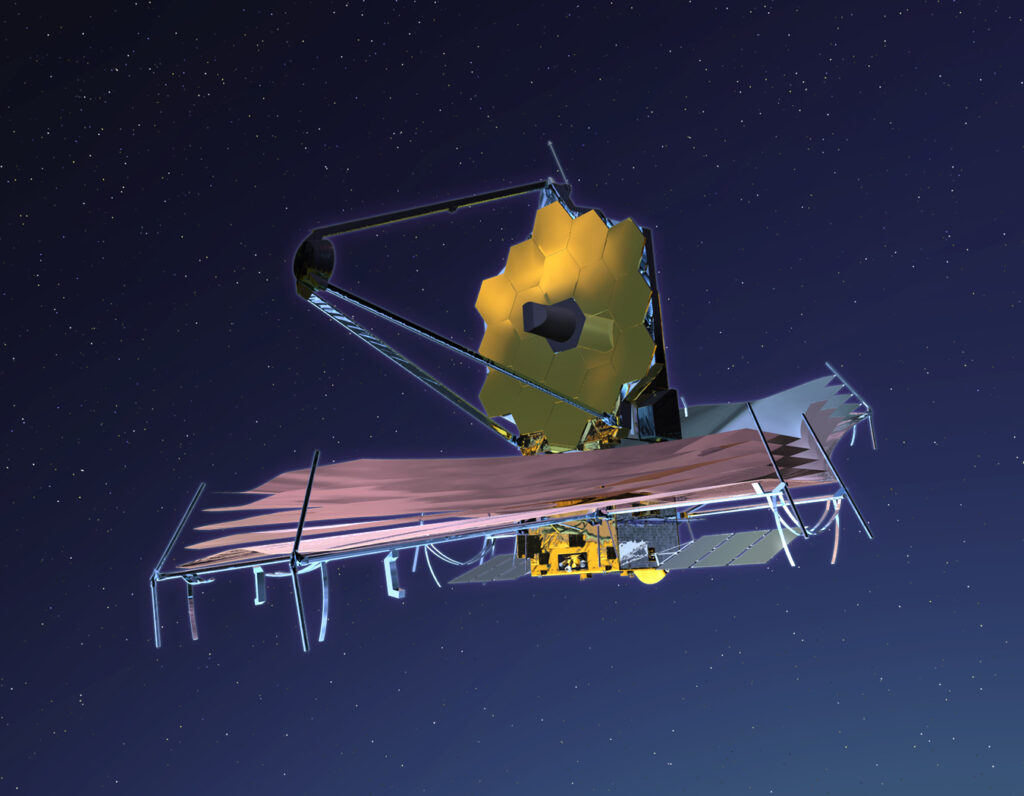
The James Webb Space Telescope, launched in 2021, is one of the most advanced space probes ever built. Spearheaded by NASA, ESA, and the Canadian Space Agency, it was designed to peer into the universe’s deepest recesses, far beyond what previous telescopes could achieve. Its cutting-edge infrared technology allows it to observe distant stars, galaxies, and exoplanets with unprecedented clarity, offering insights into the early universe. JWST is expected to uncover details about the formation of galaxies, stars, and even the atmospheres of exoplanets, making it a revolutionary tool for exploring distant worlds.
Europa Clipper
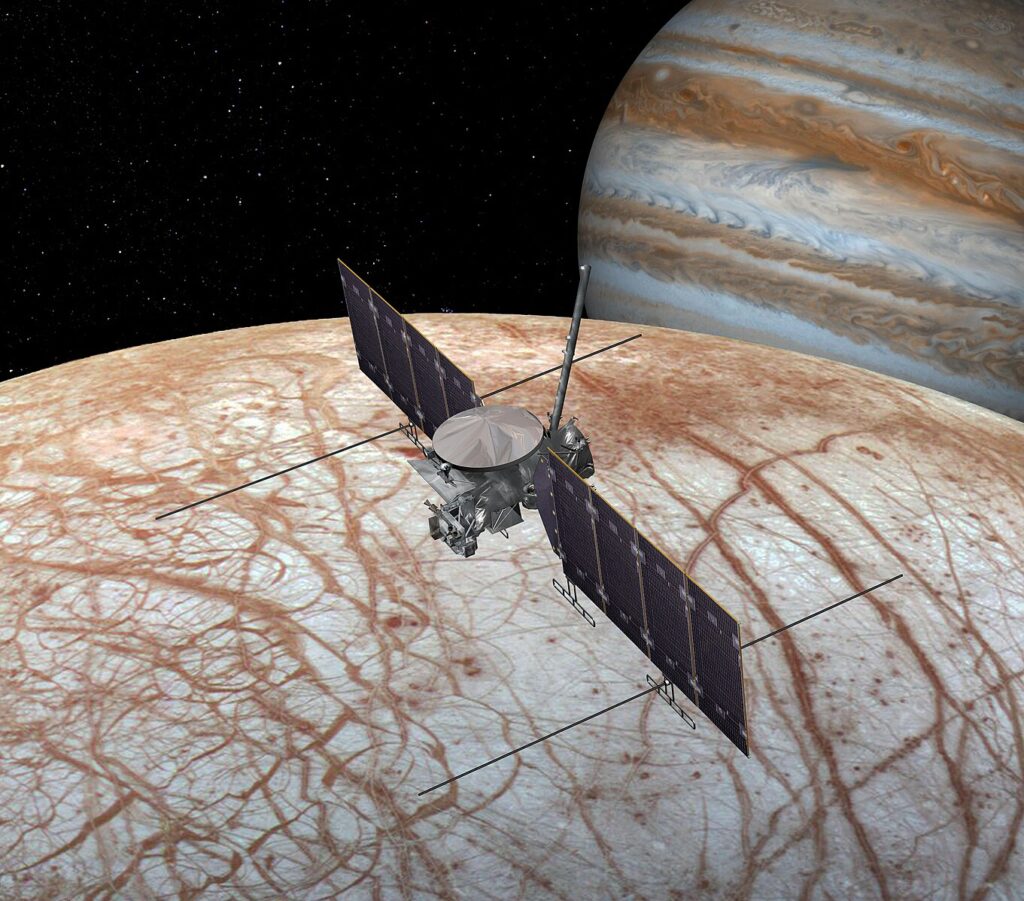
Set to launch in 2024, NASA’s Europa Clipper mission is designed to explore Jupiter’s moon Europa, one of the most promising places to search for life beyond Earth. The spacecraft will carry advanced instruments, including ice-penetrating radar, to investigate the moon’s icy surface and the potential ocean beneath it. With a focus on detecting habitable conditions, Europa Clipper represents a major leap in space exploration. Led by a team of top scientists and engineers, the mission aims to answer fundamental questions about Europa’s potential for life.
Voyager 1
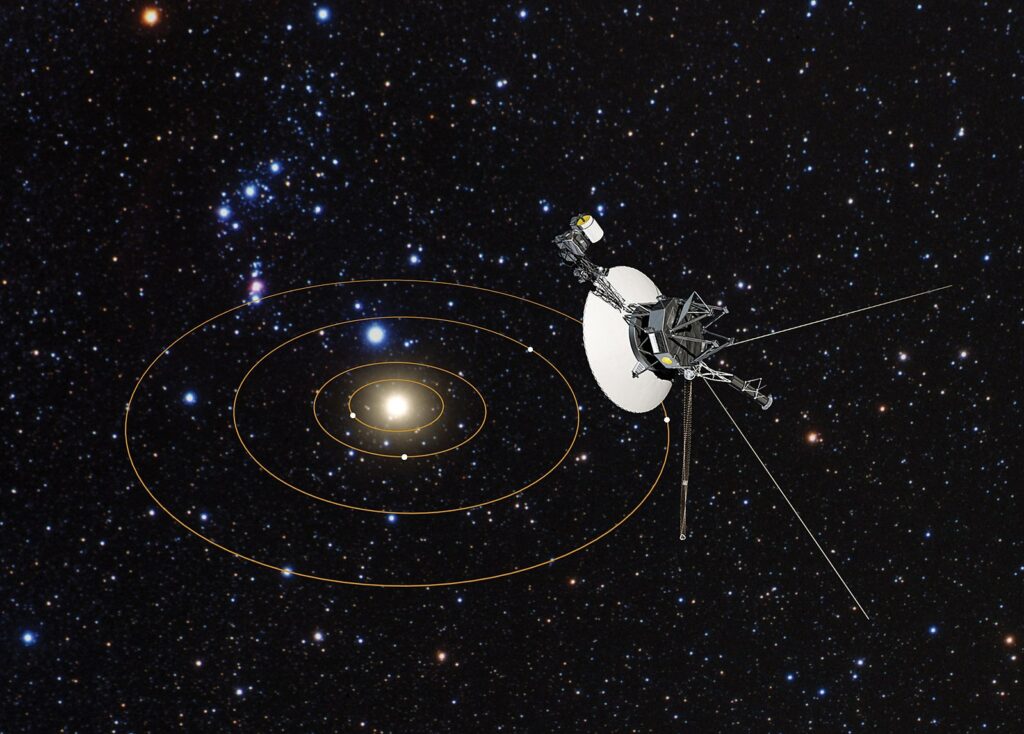
Though launched in 1977, Voyager 1 continues to be a cutting-edge space probe. It’s currently the farthest human-made object from Earth, having entered interstellar space in 2012. Voyager 1 was designed by a team of NASA engineers to explore the outer planets, and it delivered groundbreaking data on Jupiter, Saturn, and their moons. Now, as it journeys through interstellar space, it continues to send valuable data about the heliosphere and the interstellar medium. Its longevity and achievements make it one of the most successful probes in space exploration history.
Parker Solar Probe
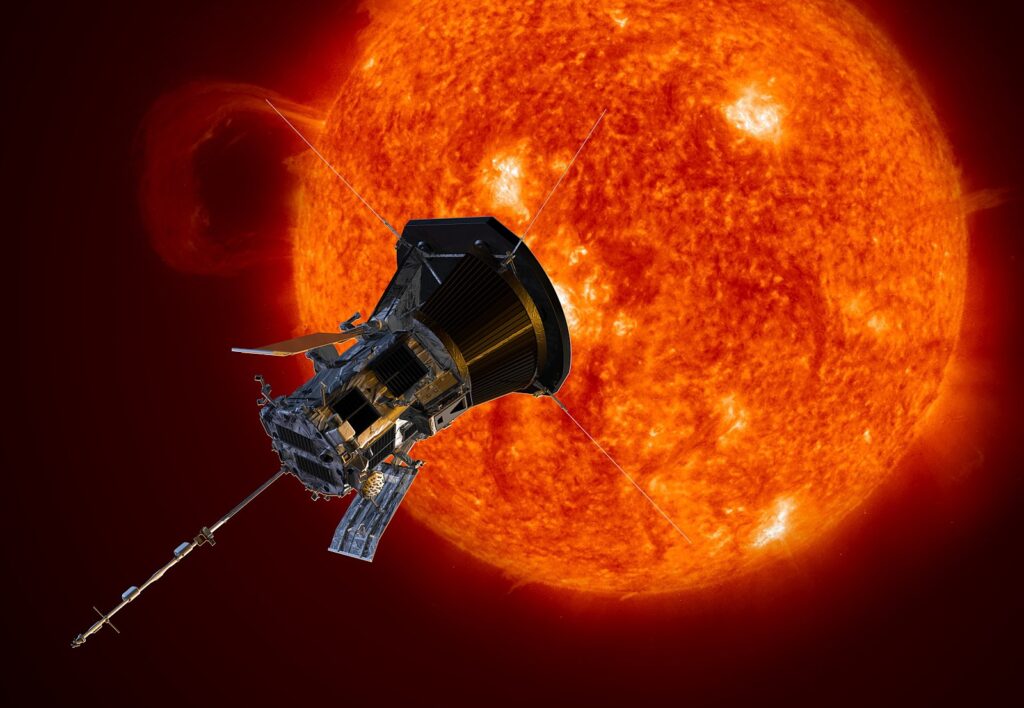
Launched in 2018, the Parker Solar Probe is the first mission to “touch” the Sun, designed to study the outer corona and solar winds. Built by NASA, it employs cutting-edge heat-resistant technology, allowing it to survive the extreme temperatures near the Sun. The spacecraft will help scientists understand how solar winds accelerate, providing critical data that will protect future space missions from solar radiation. The Parker Solar Probe is led by a team from the Johns Hopkins University Applied Physics Laboratory, with contributions from scientists around the world.
Dragonfly
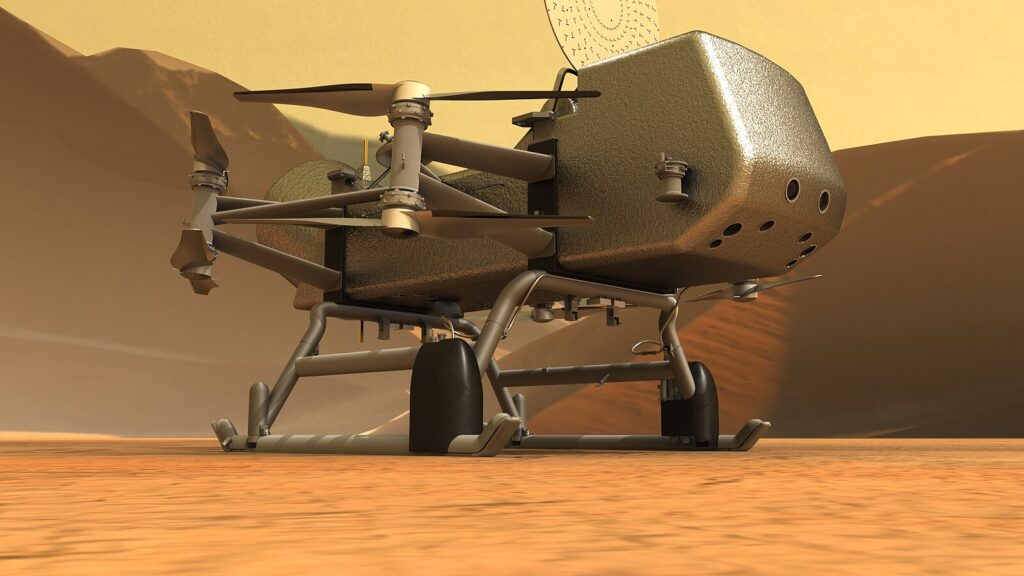
Dragonfly, set for launch in 2027, is a cutting-edge space probe designed to explore Saturn’s largest moon, Titan. It will be the first rotorcraft lander to fly on another planet, using its drone-like rotors to explore the moon’s dense atmosphere. Led by Elizabeth Turtle at the Johns Hopkins Applied Physics Laboratory, Dragonfly will search for signs of life and study the moon’s unique methane lakes and seas. The probe will investigate prebiotic chemistry in Titan’s atmosphere, making it a revolutionary mission in the search for life beyond Earth.
New Horizons
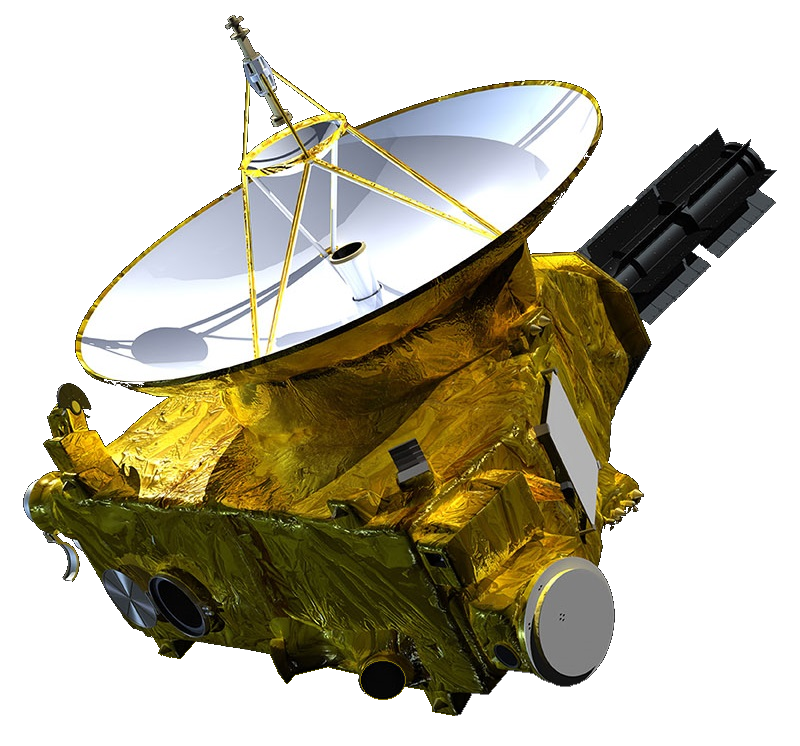
New Horizons, launched in 2006, is famous for its flyby of Pluto in 2015, providing humanity with the first close-up images of the dwarf planet. The probe continues its journey into the Kuiper Belt, exploring other distant objects. Built by NASA’s Applied Physics Laboratory, New Horizons is equipped with advanced imaging and spectroscopy tools, which allowed it to capture detailed information about Pluto’s atmosphere, surface, and moons. Its extended mission to explore the outer solar system demonstrates its cutting-edge technology and durability.
Mars Perseverance Rover
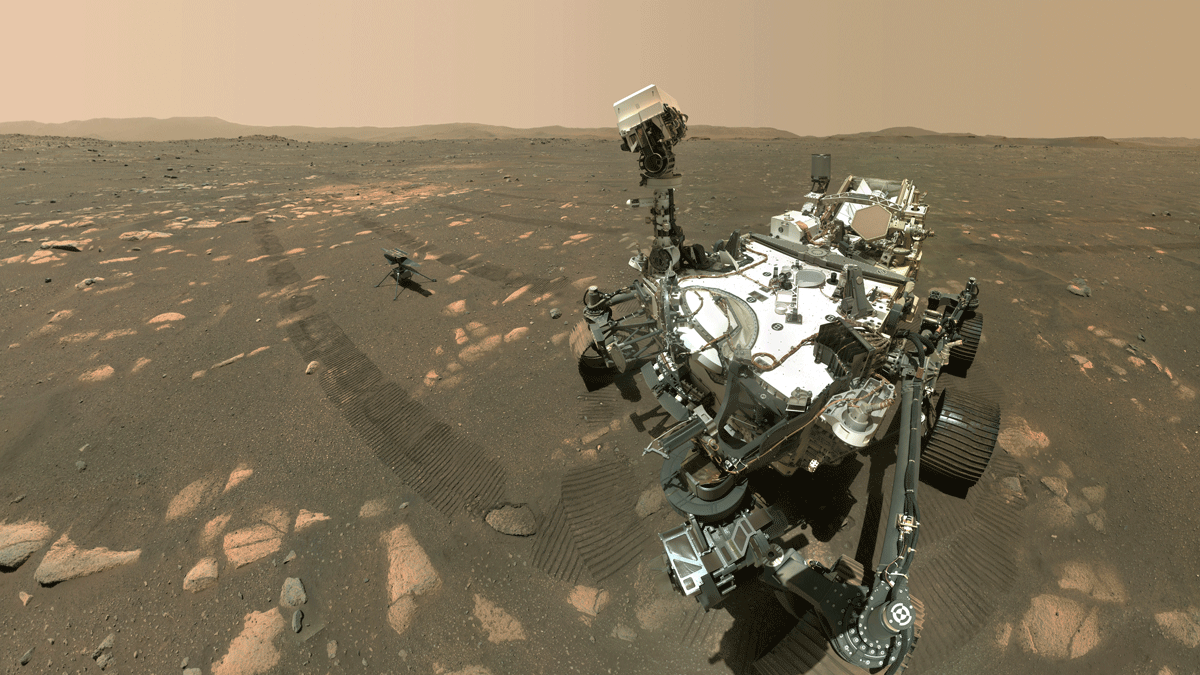
Launched in 2020, the Mars Perseverance Rover represents NASA’s latest effort to explore the Red Planet. The rover is equipped with the most sophisticated tools ever sent to Mars, including the ability to collect rock and soil samples that could one day be returned to Earth. Perseverance is part of NASA’s plan to search for signs of ancient life on Mars, with a particular focus on the Jezero Crater, which may have once housed a lake. With its advanced landing system and mini helicopter, Ingenuity, Perseverance is paving the way for future Mars missions.
BepiColombo
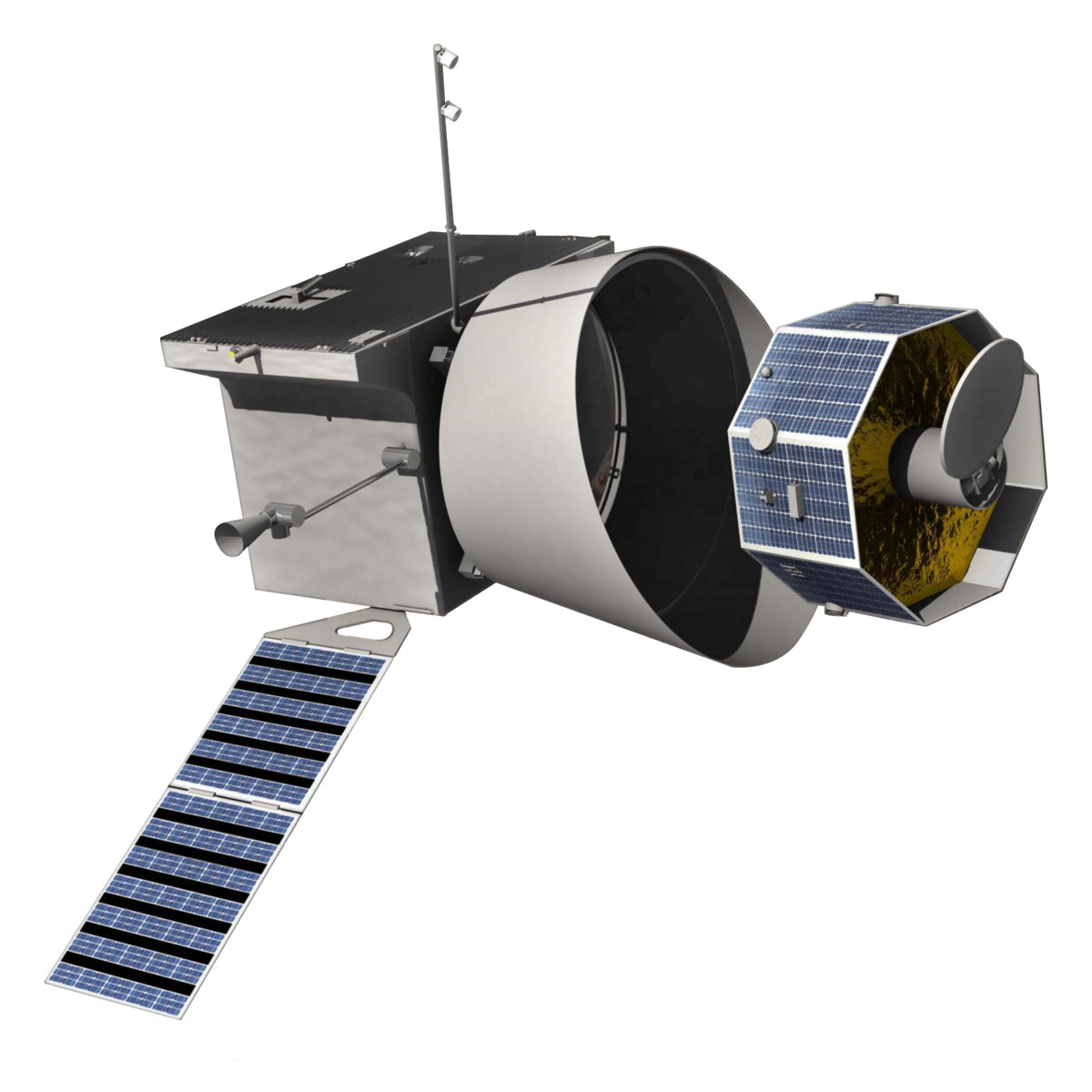
BepiColombo, a joint mission between ESA and JAXA, launched in 2018 to study Mercury, the least explored planet in our solar system. It uses cutting-edge ion propulsion technology to travel toward the Sun’s closest planet. The probe is expected to reveal Mercury’s mysterious magnetic field and its geologic history. BepiColombo’s data will provide insight into the planet’s formation and its relationship to other rocky planets. The mission is led by ESA and JAXA teams, bringing together some of the best planetary scientists in the world.
Juno
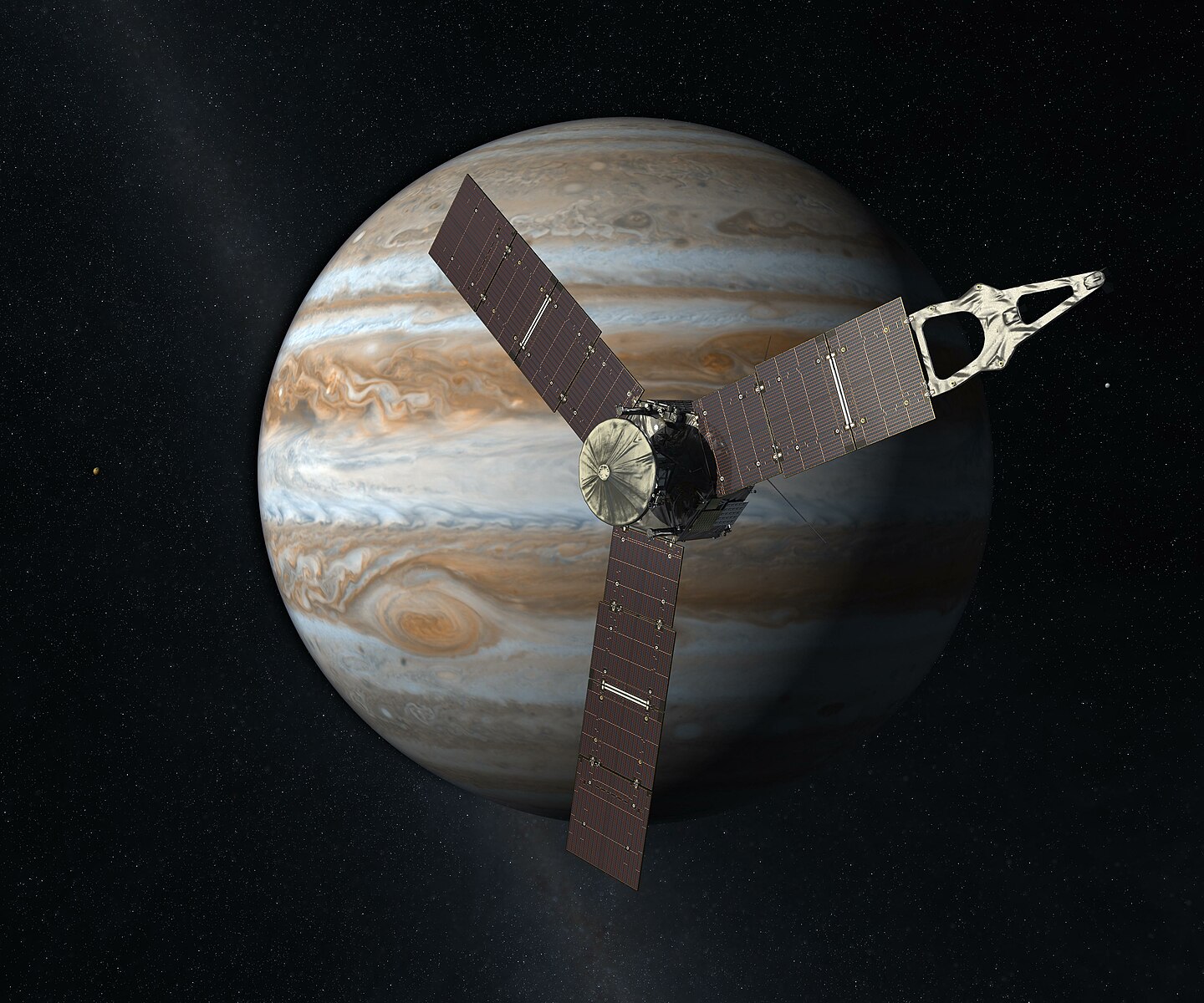
NASA’s Juno mission, launched in 2011, is dedicated to studying Jupiter, focusing on the planet’s magnetic field, atmosphere, and deep interior. Using a unique polar orbit, Juno captures detailed images and measurements of Jupiter’s massive storms and magnetic forces. Its cutting-edge instruments, including microwave radiometers and magnetometers, have already provided groundbreaking data about the planet’s structure. Juno’s mission, extended until 2025, has revolutionized our understanding of the gas giant, making it a key player in planetary exploration.
TESS (Transiting Exoplanet Survey Satellite)

Launched in 2018, TESS is NASA’s leading space probe in the search for exoplanets. Equipped with highly sensitive cameras, TESS scans nearby stars for small, Earth-like planets that may be capable of supporting life. The mission has already discovered thousands of exoplanet candidates, many of which are located in the habitable zones of their stars. Led by MIT scientists and supported by NASA, TESS is at the forefront of the hunt for distant worlds and could help identify future targets for more detailed exploration.
Lucy
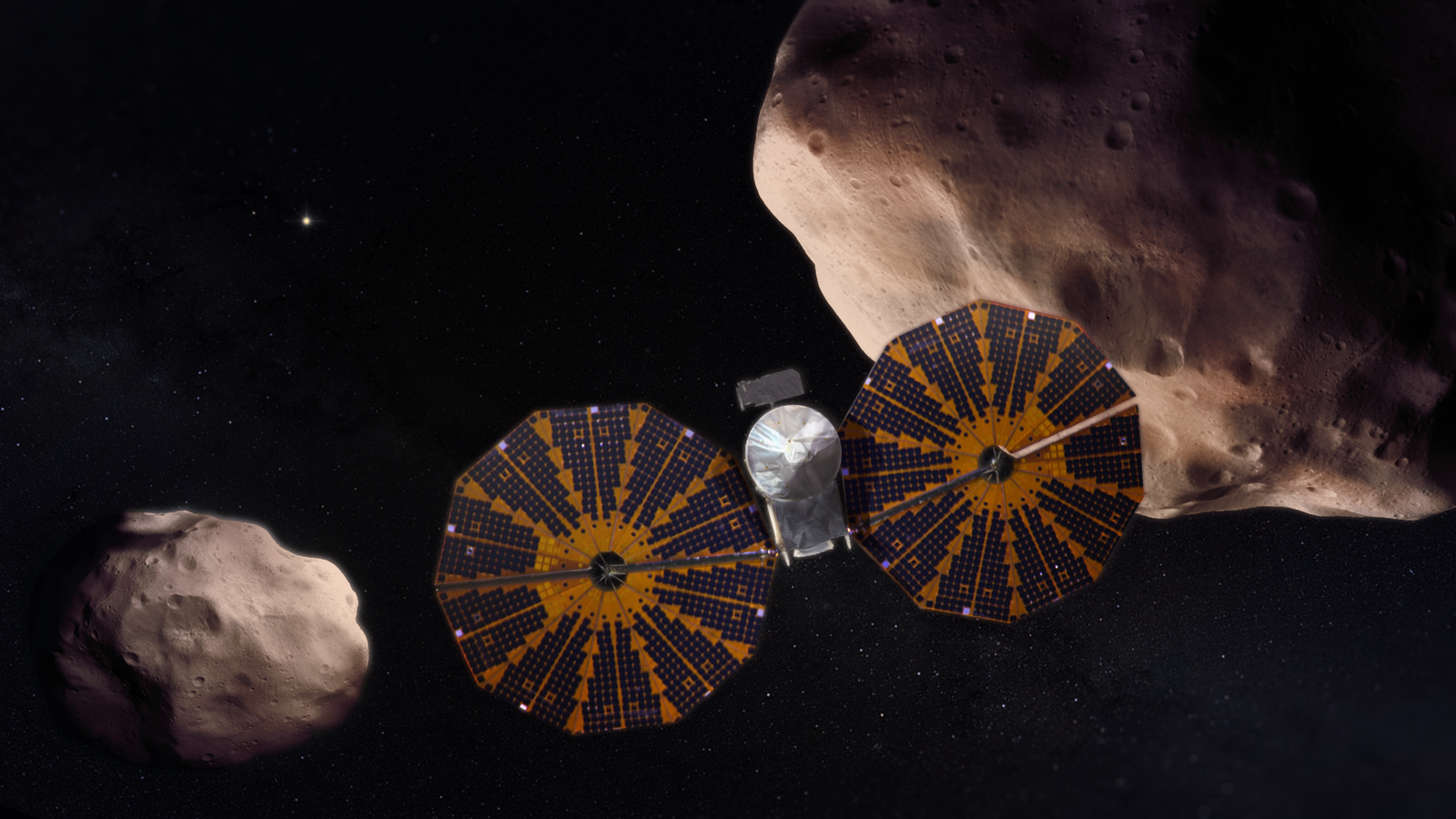
Launched in 2021, NASA’s Lucy mission is designed to study the Trojan asteroids that share Jupiter’s orbit. These ancient space rocks are thought to be remnants from the early solar system, offering clues about its formation. Lucy is the first spacecraft to explore these distant objects and will fly by seven different asteroids over its 12-year mission. The probe is equipped with advanced imaging and spectroscopic instruments to analyze the composition and structure of the asteroids. Led by a team at NASA’s Goddard Space Flight Center, Lucy promises to expand our understanding of the solar system’s origins.
Ariel

Ariel, led by the European Space Agency (ESA), is set to launch in 2029 to study the atmospheres of distant exoplanets. This cutting-edge space probe will use infrared technology to analyze the composition of exoplanet atmospheres, providing crucial insights into their chemical makeup. Ariel will focus on hundreds of planets outside our solar system, particularly those orbiting other stars, in an effort to understand how planets form and evolve. It represents a significant step forward in the field of exoplanet research and is expected to answer key questions about the potential for life on other worlds.
JUICE (Jupiter Icy Moons Explorer)
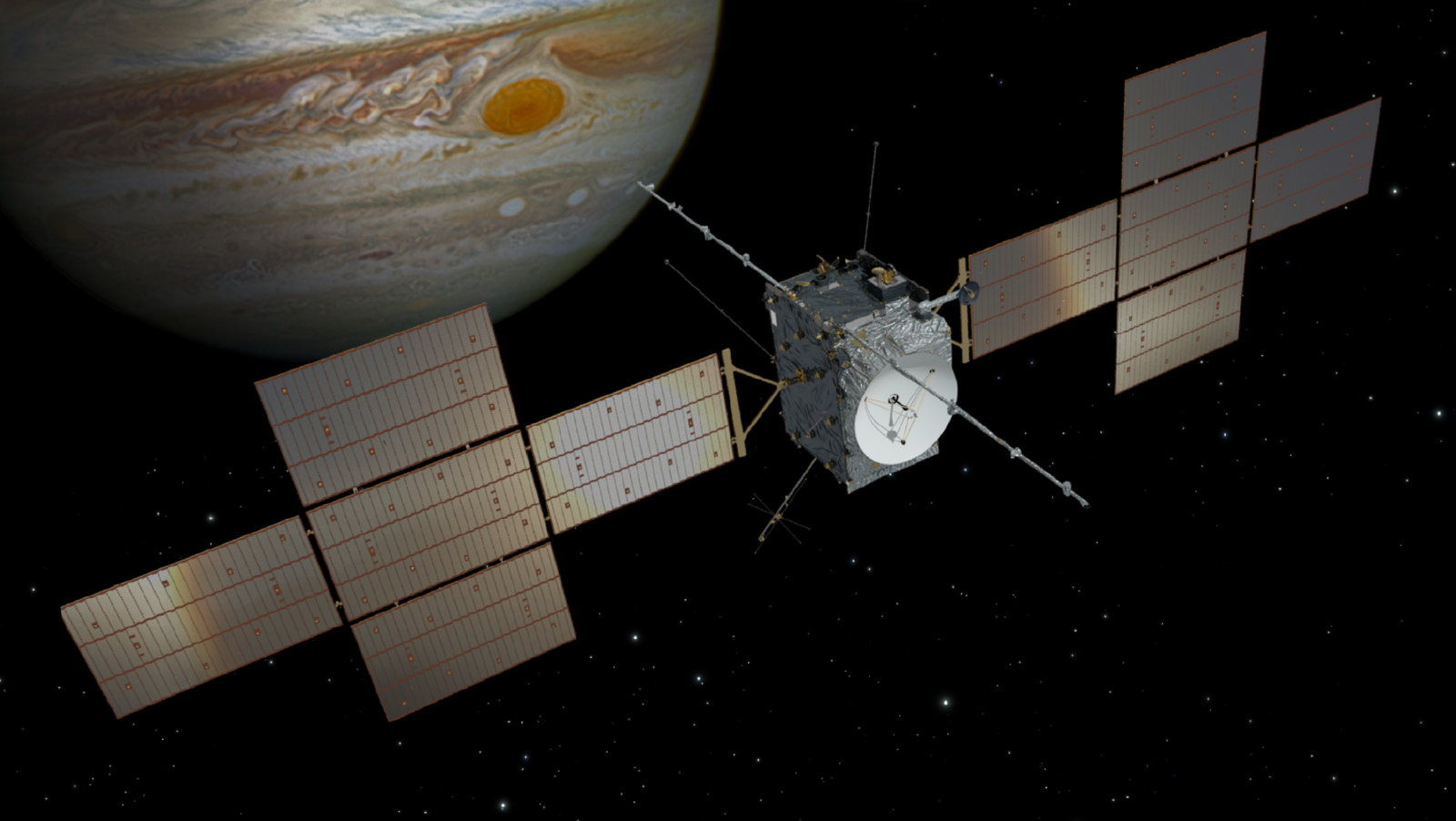
JUICE, set to launch in 2023, is an ESA mission designed to study Jupiter’s largest moons: Ganymede, Europa, and Callisto. These moons are believed to harbor subsurface oceans that could potentially support life. The spacecraft is equipped with advanced instruments, including ice-penetrating radar and spectrometers, to analyze the composition and potential habitability of these icy worlds. Led by a team of European scientists, JUICE will be the first mission to orbit Ganymede and will provide new insights into the Jovian system.
ExoMars Rover (Rosalind Franklin)
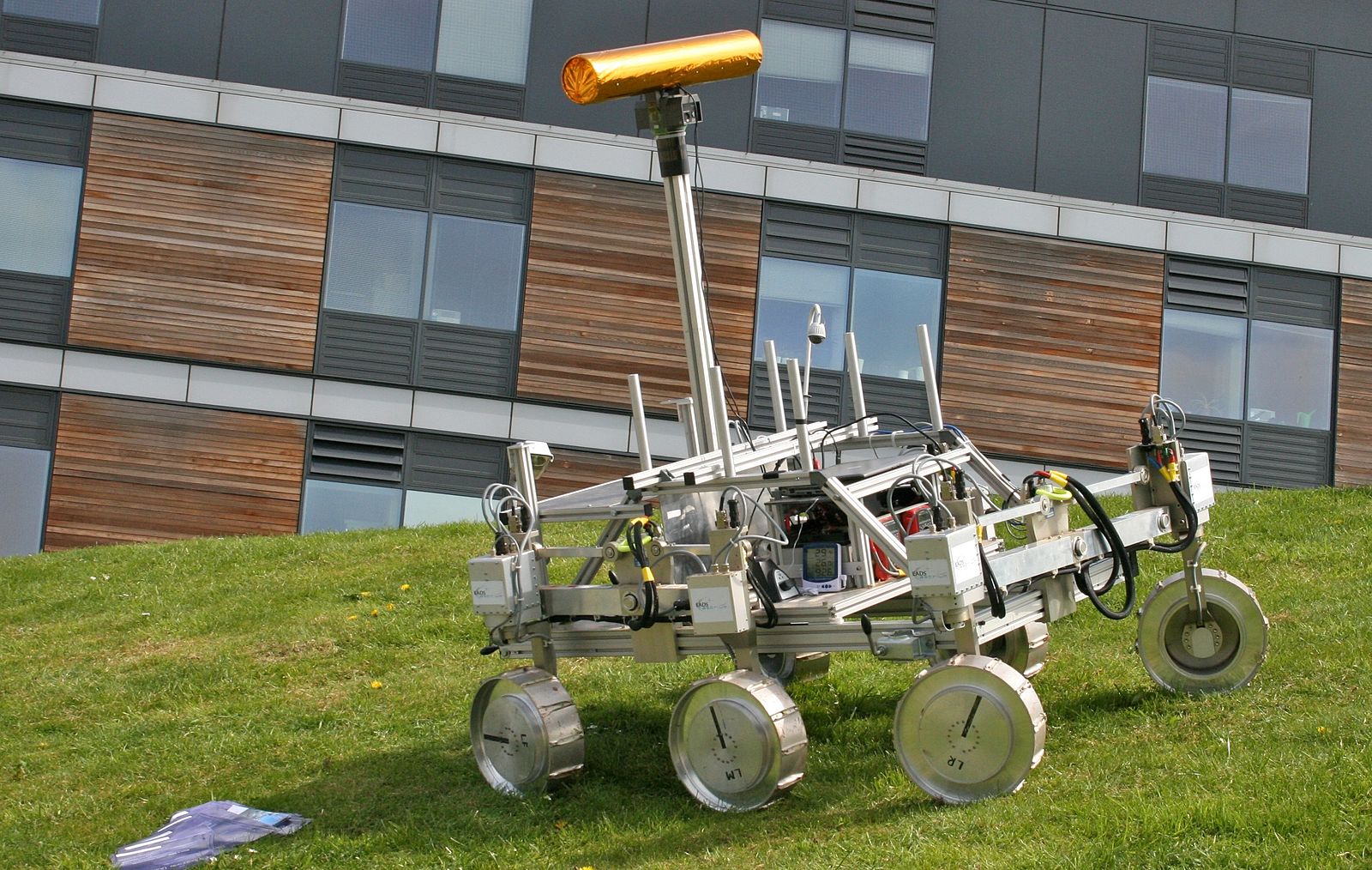
The ExoMars Rover, named Rosalind Franklin, is a collaborative effort between ESA and Roscosmos. Scheduled for launch in 2028, the rover will explore Mars with a special focus on detecting signs of past life. Equipped with a drill capable of reaching two meters below the Martian surface, it can sample untouched soil and rock for analysis. Rosalind Franklin will be part of a larger mission to study Mars’ geology and potential habitability, making it a key probe in the ongoing exploration of the Red Planet.
OSIRIS-REx
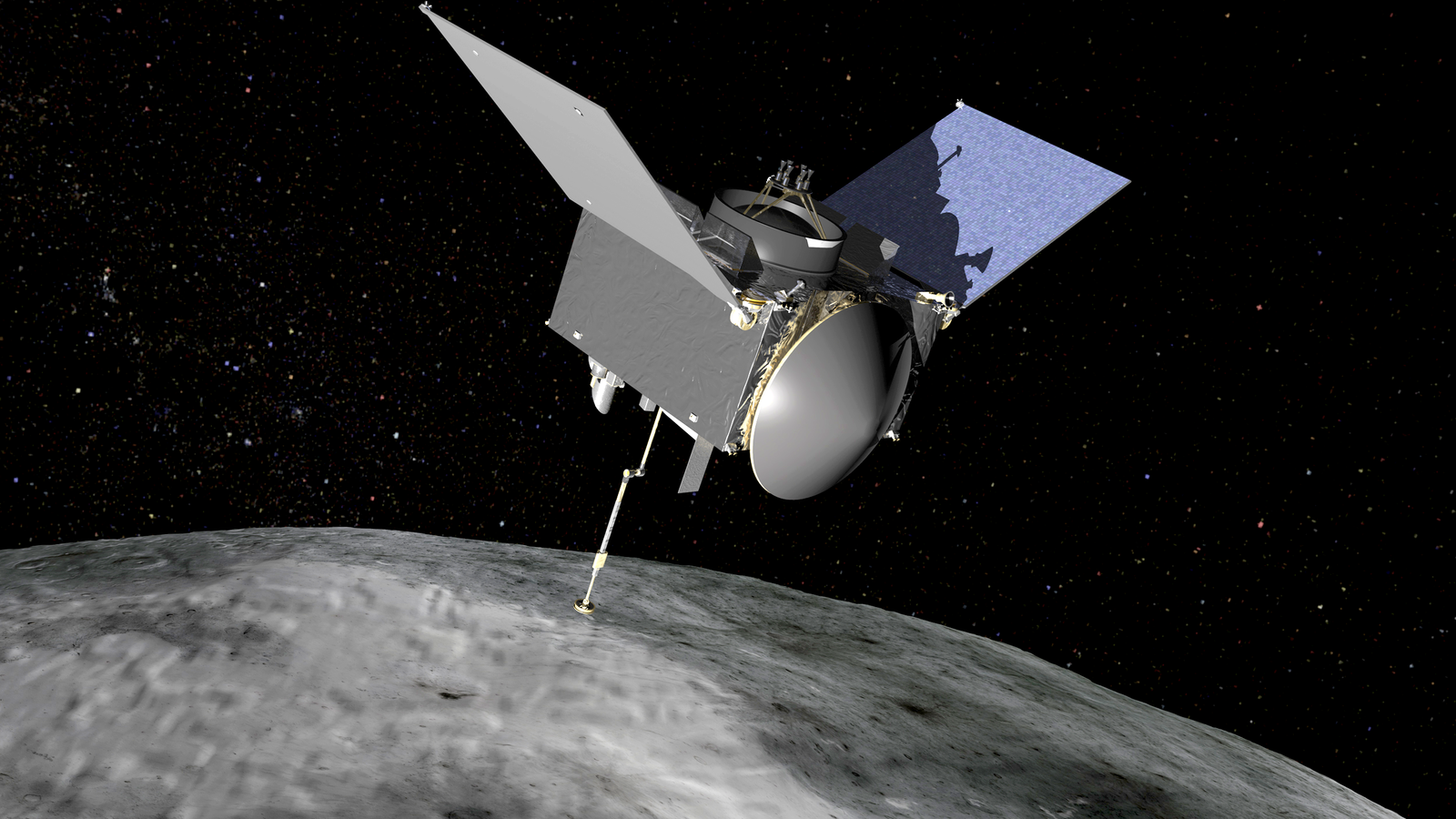
Launched in 2016, NASA’s OSIRIS-REx mission was designed to visit the near-Earth asteroid Bennu, collect samples, and return them to Earth. In 2020, the spacecraft successfully gathered material from Bennu’s surface, marking a significant achievement in space exploration. OSIRIS-REx uses cutting-edge navigation and sampling technology to study the composition and history of Bennu, which could offer clues about the formation of the solar system. The mission is led by the University of Arizona, with significant contributions from NASA and Lockheed Martin.
DART (Double Asteroid Redirection Test)
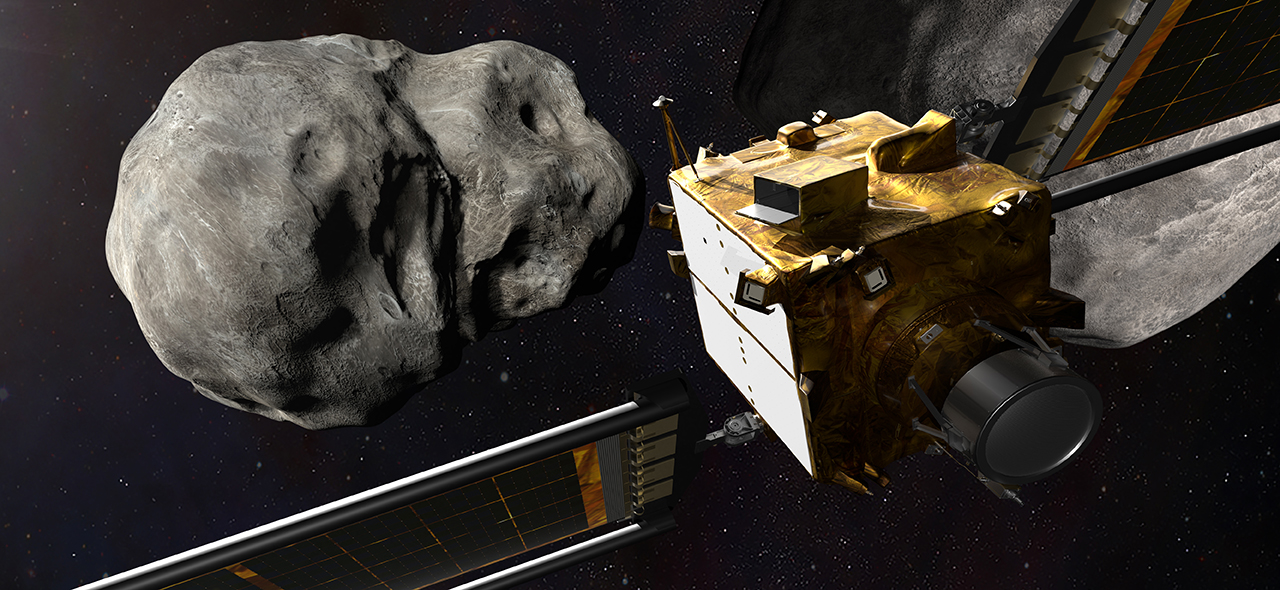
NASA’s DART mission, launched in 2021, is the first planetary defense mission designed to test whether a spacecraft can alter the trajectory of an asteroid. DART aims to impact the small asteroid moonlet Dimorphos to see if its course can be shifted, an essential step in defending Earth from potential asteroid threats. Led by NASA’s Planetary Defense Coordination Office and the Johns Hopkins Applied Physics Laboratory, DART’s success could pave the way for future asteroid deflection missions.
Lunar Gateway
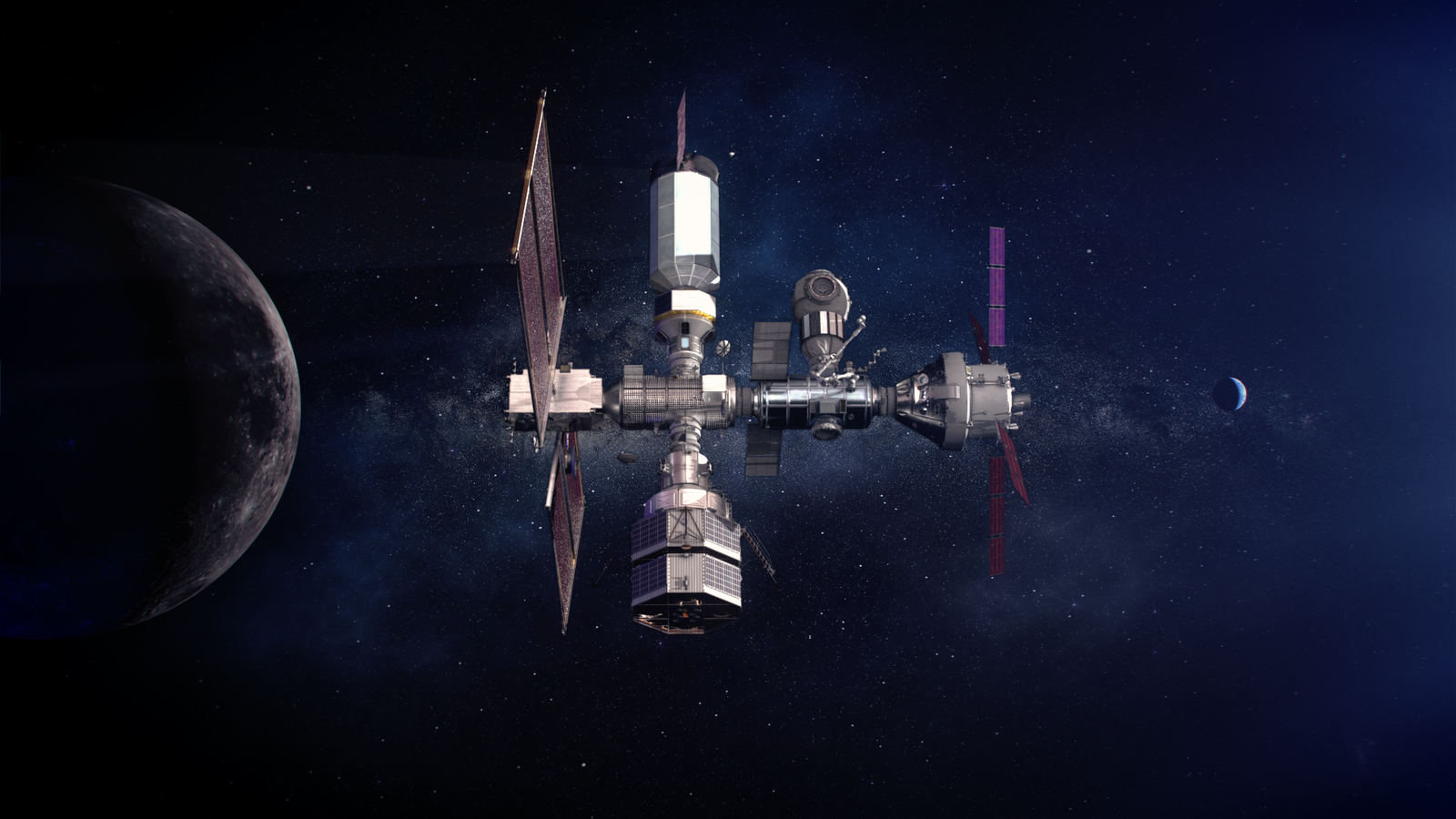
The Lunar Gateway, a collaborative project between NASA, ESA, and other international space agencies, is a planned space station set to orbit the Moon. Starting in the 2020s, it will serve as a hub for lunar exploration and future missions to Mars. The Gateway is equipped with advanced life-support systems, docking ports, and scientific laboratories, making it a cutting-edge outpost for deep space missions. It represents a major leap forward in human space exploration and will support long-term missions to distant worlds.
Rosetta
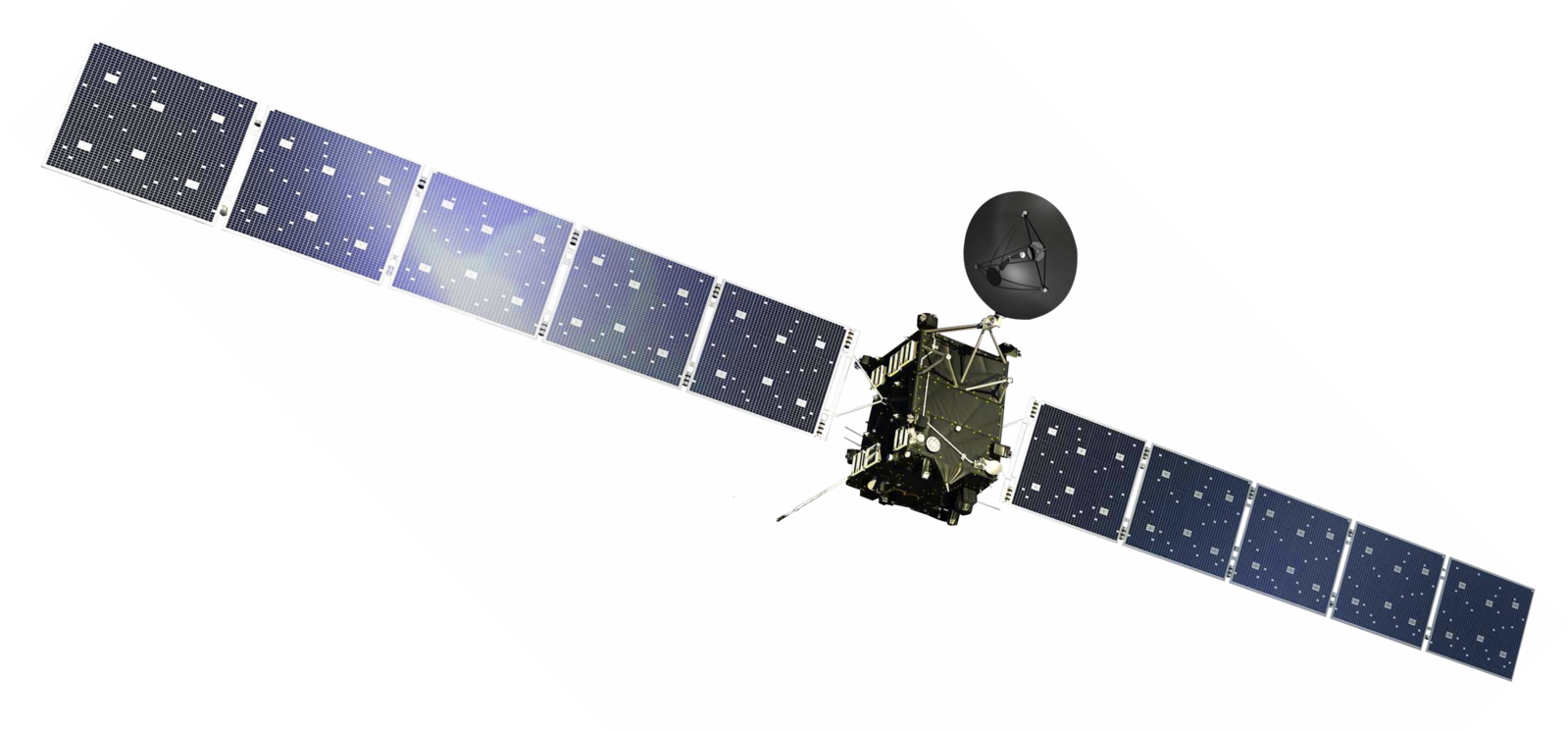
Rosetta, a European Space Agency mission launched in 2004, made history as the first spacecraft to orbit a comet and deploy a lander. The mission explored comet 67P/Churyumov-Gerasimenko, providing groundbreaking data on the composition of comets and insights into the early solar system. Rosetta’s Philae lander, despite technical challenges, transmitted critical information from the comet’s surface. The mission, led by ESA, is notable for its long-duration and complex operations, utilizing cutting-edge technology to study the building blocks of planets and offering clues about how water and organic molecules were delivered to Earth.
Insight Lander
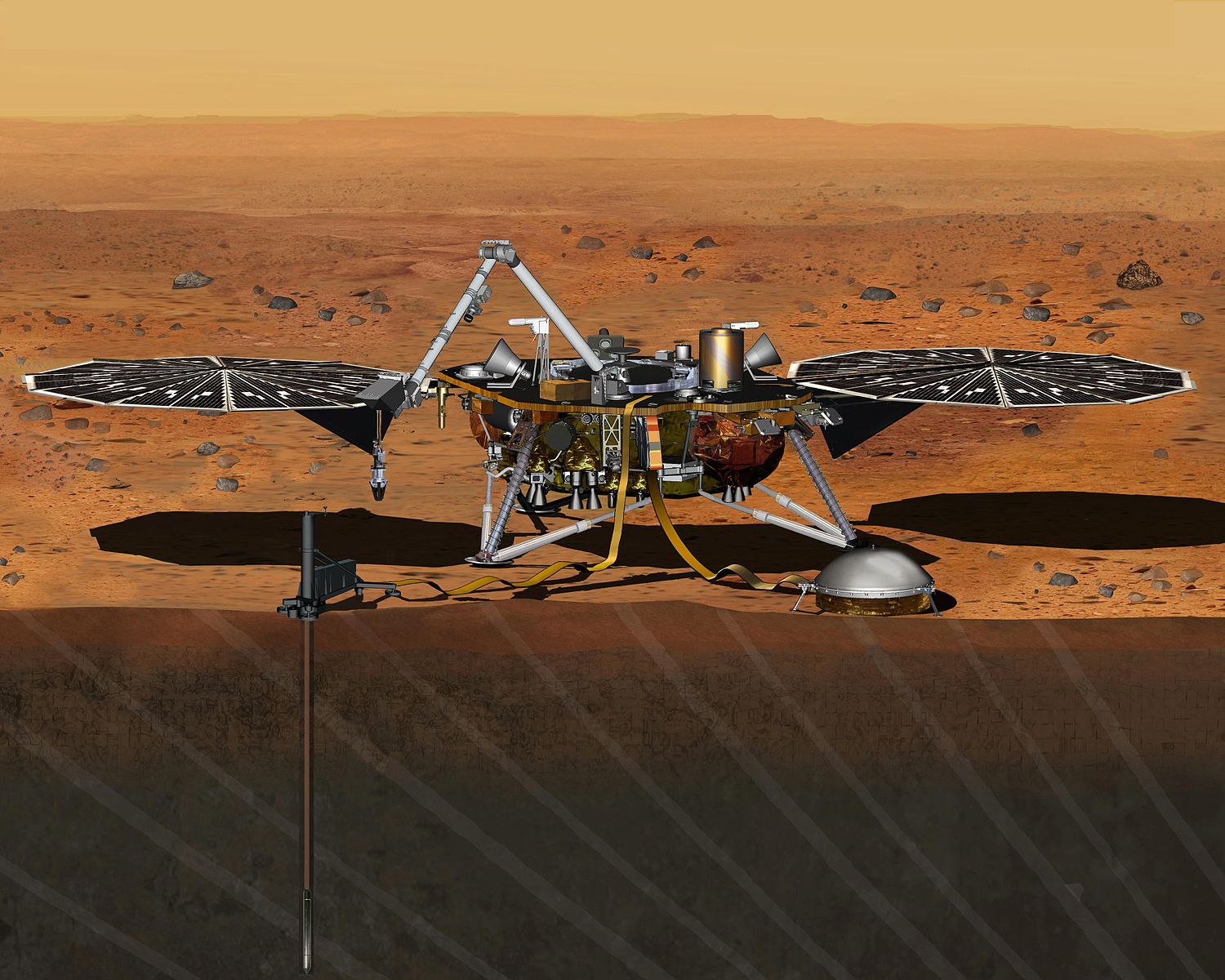
NASA’s InSight Lander, launched in 2018, is a stationary probe designed to study the deep interior of Mars. Equipped with a seismometer, heat probe, and other instruments, InSight is providing unprecedented data on Mars’ internal structure, seismic activity, and thermal properties. This mission, led by NASA’s Jet Propulsion Laboratory, marks the first time detailed subsurface data is being collected from another planet. InSight’s achievements are helping scientists understand the formation of rocky planets, which will be crucial for exploring other distant worlds.
Chang’e 4
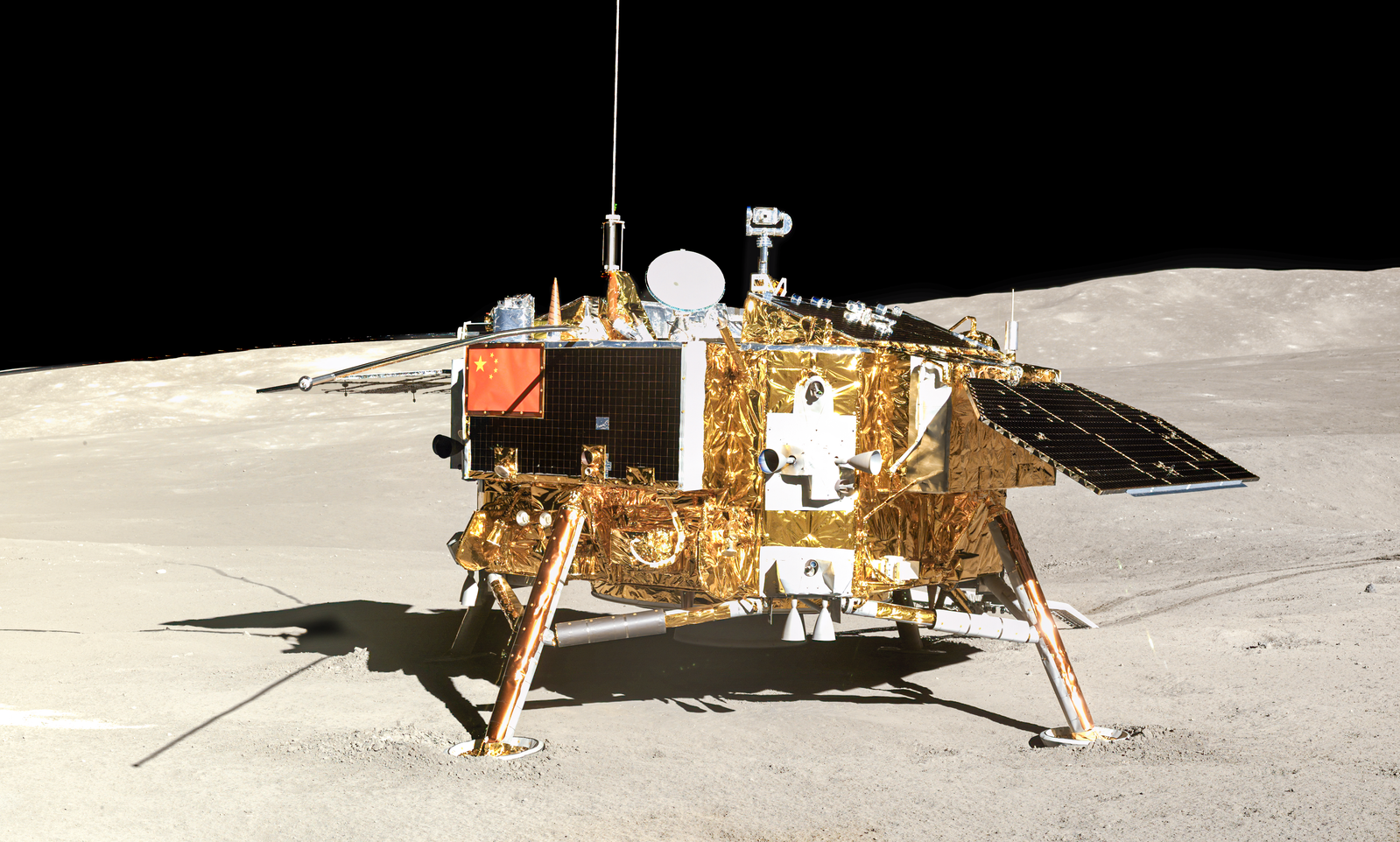
China’s Chang’e 4 mission, launched in 2018, was the first to successfully land on the far side of the Moon. Equipped with advanced imaging and spectrometry tools, the probe is studying the Moon’s composition, geological history, and radiation environment. The mission, led by the China National Space Administration (CNSA), also includes a lunar rover, Yutu-2, which is still operational and exploring the lunar surface. Chang’e 4’s success has pushed the boundaries of lunar exploration and paved the way for future missions, including potential manned missions to the Moon’s far side.
EnVision
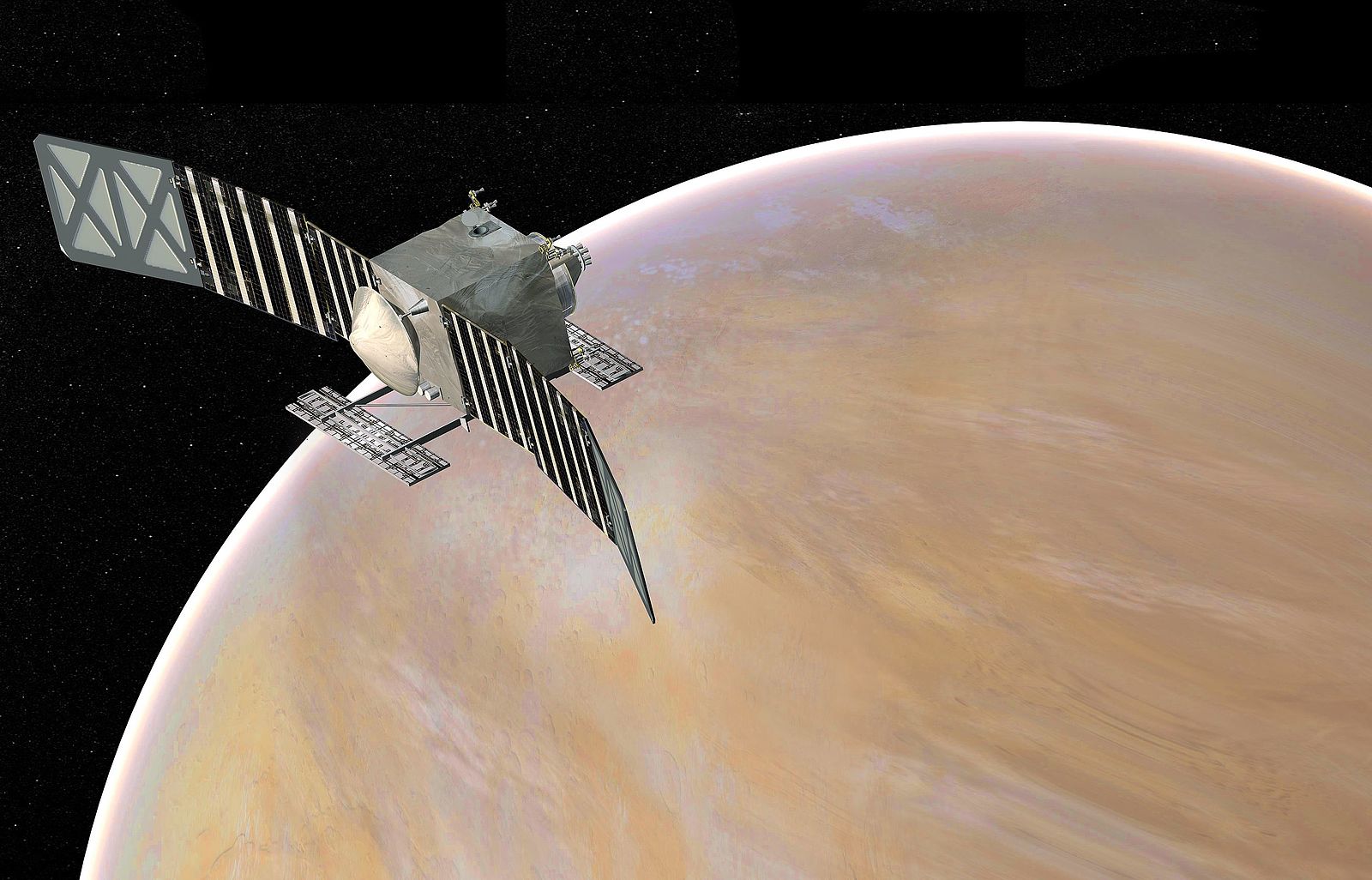
Set to launch in the 2030s, EnVision is ESA’s next-generation probe designed to study Venus. It will carry cutting-edge radar and spectroscopy instruments to map Venus’ surface and investigate its geological history and atmosphere. EnVision will explore the possibility of past or present life on Venus, as well as the planet’s tectonic and volcanic activity. This mission is crucial for understanding why Venus, despite being similar to Earth in size and composition, evolved so differently. Led by ESA with contributions from NASA, EnVision represents a major leap forward in planetary science.
This article originally appeared on MyCarMakesNoise.
More from MyCarMakesNoise
20 Awesome Car Mods That Are Surprisingly Illegal

Car enthusiasts love to modify their vehicles, but some modifications, while appealing, are illegal. These upgrades can enhance performance and style but come with legal risks. Here are some illegal car modifications that are actually pretty sweet. Read More.
20 Cars That Depreciate Faster Than You’d Expect

When it comes to buying a car, depreciation can significantly impact your investment. Some cars lose their value faster than others, leading to greater financial loss over time. Here are some cars to avoid if you’re concerned about depreciation, helping you make a smarter choice. Read More.
8 Best RVs for Remote Work and Travel

Working remotely while traveling has never been easier, thanks to RVs designed for comfort, connectivity, and mobility. Whether you’re exploring new destinations or settling in for an extended stay, these RVs offer the perfect balance of work and adventure. Here are 8 of the best options to help you stay productive on the road. Read More.














